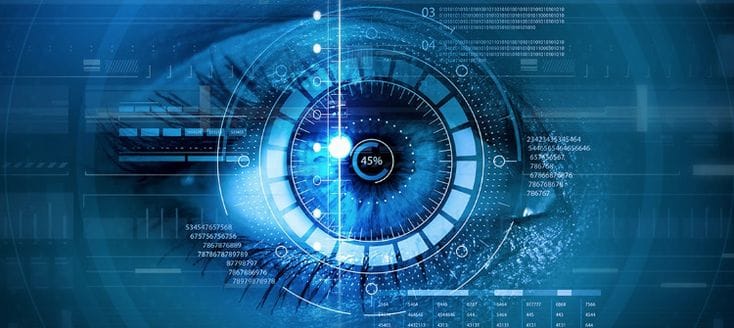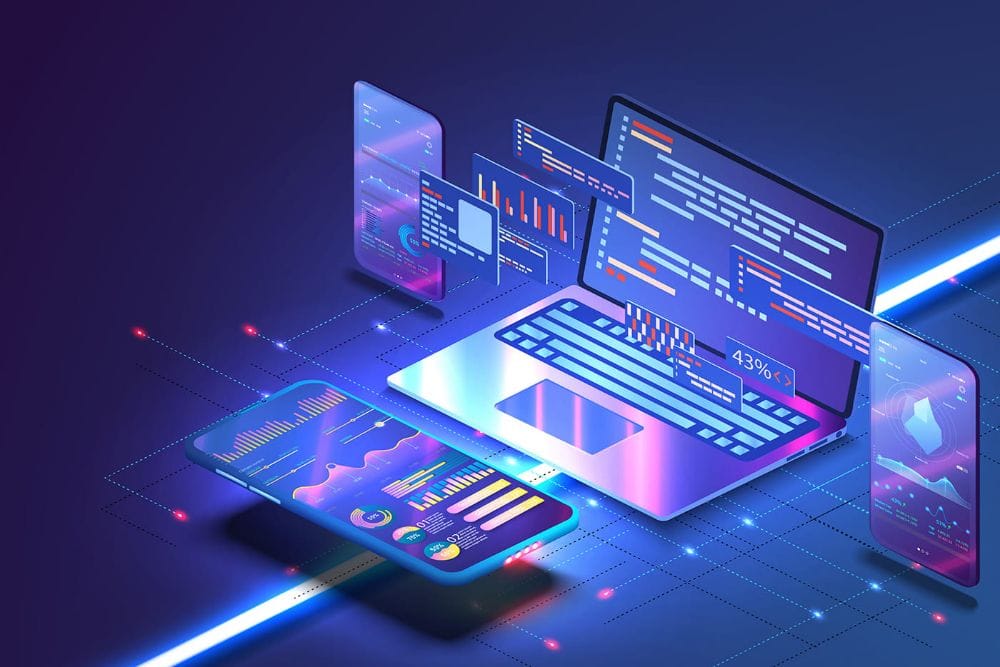In today’s fast-paced world, information technology powers everything from smart homes to global business networks. Whether you’re checking emails or managing cloud data, IT is the silent force shaping our daily lives. Let’s explore how this dynamic field continues to transform the way we work, connect, and innovate.
What Are the Different Types of Information Technology?
The types of info technology include computer systems, Application development, database management, and network administration. Information technology encompasses a wide range of tools used to manage information, improve business operations, and secure networks and data. From hardware and software to cloud computing, each component plays a role in the digital infrastructure of modern businesses.
Read also about MOVEit Data Breach
Understanding Hardware and Software Components
At its core, information technology relies on hardware and software. Computer hardware includes physical devices like servers, routers, and desktops. In contrast, software systems refer to computer programs and operating systems that power computer systems and networks. Understanding both is essential for any role in the field of information technology.
Exploring Computer Systems and Their Roles
A computer system integrates hardware and software to process, store, and transmit electronic data. Computer-based information systems allow businesses to handle large amounts of data and execute project management efficiently. Every info technology system supports a specific function within business systems or digital infrastructure.
What is Cloud Computing?
Cloud computing offers flexible data storage and software access over the internet, reducing the need for physical servers. This application of technology allows global companies to use technology on-demand, making it central to modern businesses and infotechnology strategies.
Did you know that cloud computing helps Netflix stream to over 230 million users?
Why is Information Technology Important in Modern Society?
Information technology is important in nearly every industry. It powers digital infrastructure, supports business operations, and ensures access to information. Whether through cloud computing or data security, the use of technology drives innovation and connectivity in the tech industry.
Impact on Business Operations
Information technology enhances efficiency in business operations by automating tasks, securing data and information, and supporting Control systems. According to Harvard Business Review, companies that effectively use technology achieve better outcomes and adapt faster to change.
Role in Digital Infrastructure
Info technology is the backbone of digital systems and infrastructure. It integrates computer systems and networks, enables remote work, and ensures uninterrupted information on the internet. These technologies support everything from communication to finance.
Advancements in Cybersecurity
As cyber attacks become more advanced, so must cybersecurity. Information technology professionals deploy firewalls, intrusion detection, and information security strategies. The application of technology in this area protects massive amounts of data and builds trust.
What Are the Core Components of Information Technology?

Core components of info technology include hardware, software, networks, data, and people. These components work together in information systems to support technology services and maintain business continuity.
Overview of Information Systems
An information system is a structured combination of technology and processes used to collect, process, store, and distribute data and information. These systems are foundational in info technology and support functions across various sectors.
Significance of Database Management
Effective database management ensures that data storage is organized, secure, and accessible. Tools like relational database control systems are essential for processing large amounts of data. The database management system supports decision-making and compliance.
Importance of Computer Networks
A computer network enables communication and resource sharing among computer systems. Network design and network architecture are crucial for performance and security. This area of information technology supports collaboration and connectivity.
What Are Common Jobs in Information Technology?
There are many jobs in information technology, such as support specialist, network administrator, and software developer. According to the Bureau of Labor Statistics, the job market in the information technology field continues to grow rapidly.
Read also The Importance of Technology
Entry-Level IT Jobs and Requirements
Entry-level IT jobs include positions like help desk technician and junior developer. These roles often require technical skills, familiarity with computer systems, and a bachelor’s degree in computer science or information science.
Career Paths in the Field of Information Technology
Career paths in the field of information technology range from application development to cybersecurity. As professionals gain experience and certifications, they can move into roles like system architect or information security analyst.
Did you know the Bureau of Labor Statistics predicts over 375,000 new IT jobs by 2032 in the U.S.?
Skills Needed for Information Security Analyst Positions
To work as an data security analyst, one must understand cybersecurity, risk assessment, and troubleshoot security incidents. Skills in programming languages and network administration are also essential for this role in information technology.
How Can Information Technology Improve Business Information Management?
Information technology helps manage information through automation, analytics, and secure data systems. Business information becomes more actionable when supported by a well-integrated information technology system.
Implementing Effective Data Management Systems
An efficient data management system supports real-time insights, database management, and regulatory compliance. These systems are a pillar of modern businesses that handle massive amounts of data.
Using Project Management Tools in IT
In information technology, project management tools track deadlines, assign tasks, and monitor progress. These tools integrate with information systems to improve team collaboration and productivity.
Leveraging Data Mining for Business Insights
Data mining uses computer technology to analyze patterns within electronic data. Businesses leverage it to extract insights from large amounts of data, helping improve strategies and information management.
What Technologies Are Driving the Information Technology Field?

Technologies like cloud computing, artificial intelligence, and system software are shaping the future of info technology. These innovations help organizations process massive amounts of data and scale operations.
Influence of Artificial Intelligence on IT
Artificial intelligence is transforming info technology by automating tasks, enhancing user experience, and strengthening information security. AI systems also assist with predictive analytics and troubleshoot solutions quickly.
Emerging Trends in Software Development
Modern software development emphasizes agile methods, cloud integration, and digital transformation. Developers now create apps that support mobile-first strategies, aligning with trends in the information technology sector.
The Role of System Software in IT
System software manages computer hardware, enables application software to function, and ensures system stability. It plays a crucial role in all computer systems and is a key component of information technology today.
Did you know that artificial intelligence is now used to detect cyber attacks before they happen?
Frequently Asked Questions about Information Technology
What are the core components of modern information technology?
Modern info technology relies on five key components: computer hardware, software systems, networks and data, database management, and technical skills. These elements power computer-based information systems and support modern businesses across nearly every industry.
What are 5 careers in information technology?
Common jobs in information technology include:
- Information security analyst
- Network administration specialist
- Database administrator
- Support specialist (e.g., help desk)
- Software development engineer
These technology jobs represent key career paths in the tech industry.
What does an IT person do?
An IT professional manages computer systems and networks, maintains software and hardware, and helps troubleshoot issues. They ensure smooth business operations and manage information using application of technology across various technology services.
Information technology continues to evolve, transforming how we live, work, and connect. From cloud computing to cybersecurity, its impact is undeniable. As the digital world grows, so does our reliance on innovative IT solutions. Which information technology trend do you think will shape the future most? Join the conversation. We’d love to hear your insights!
Read also about Plasma Wave Technology